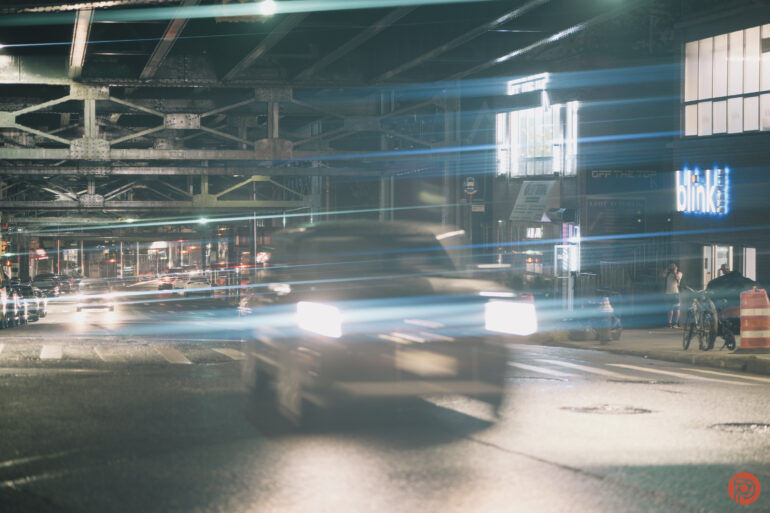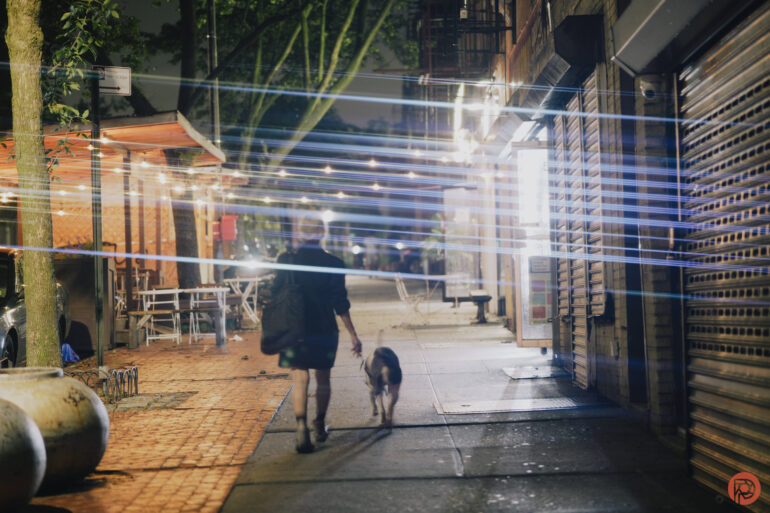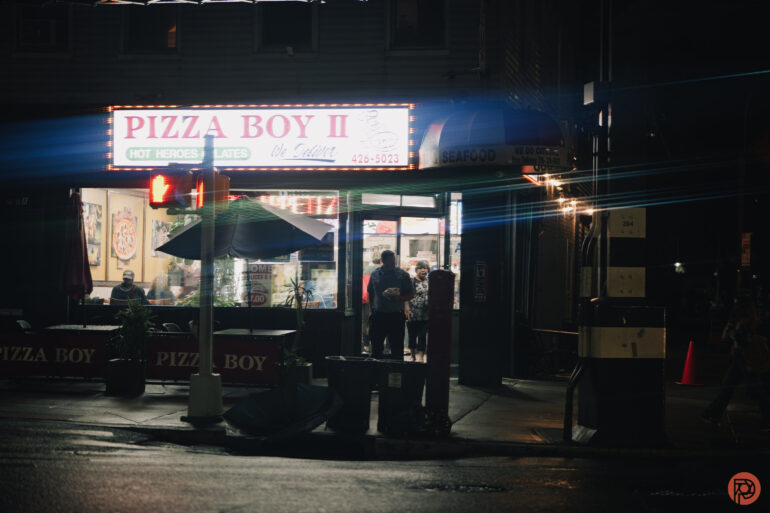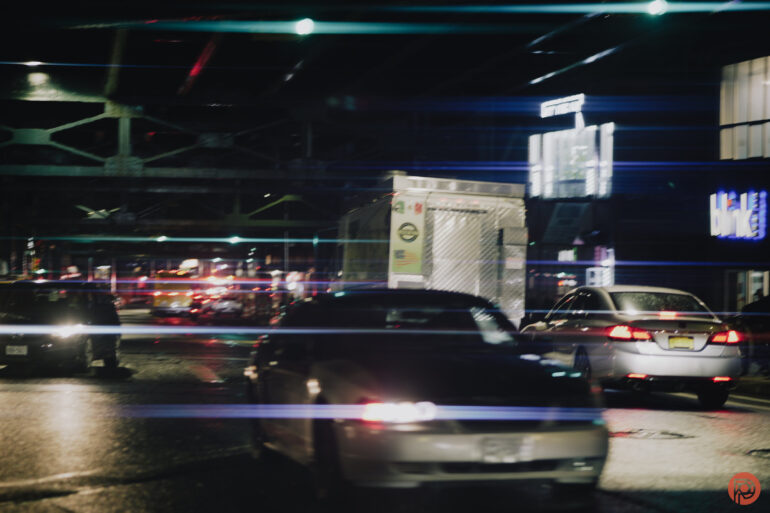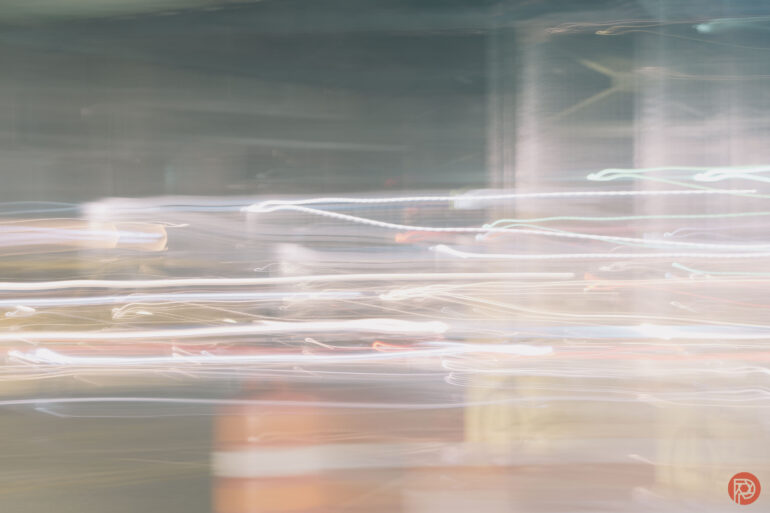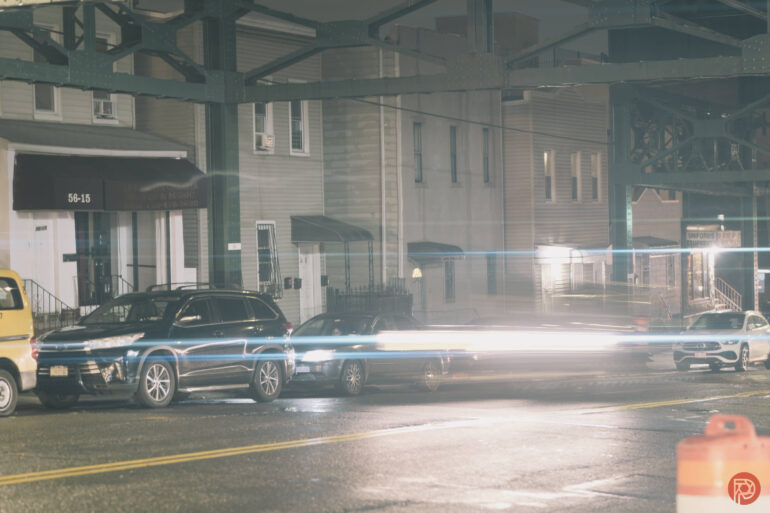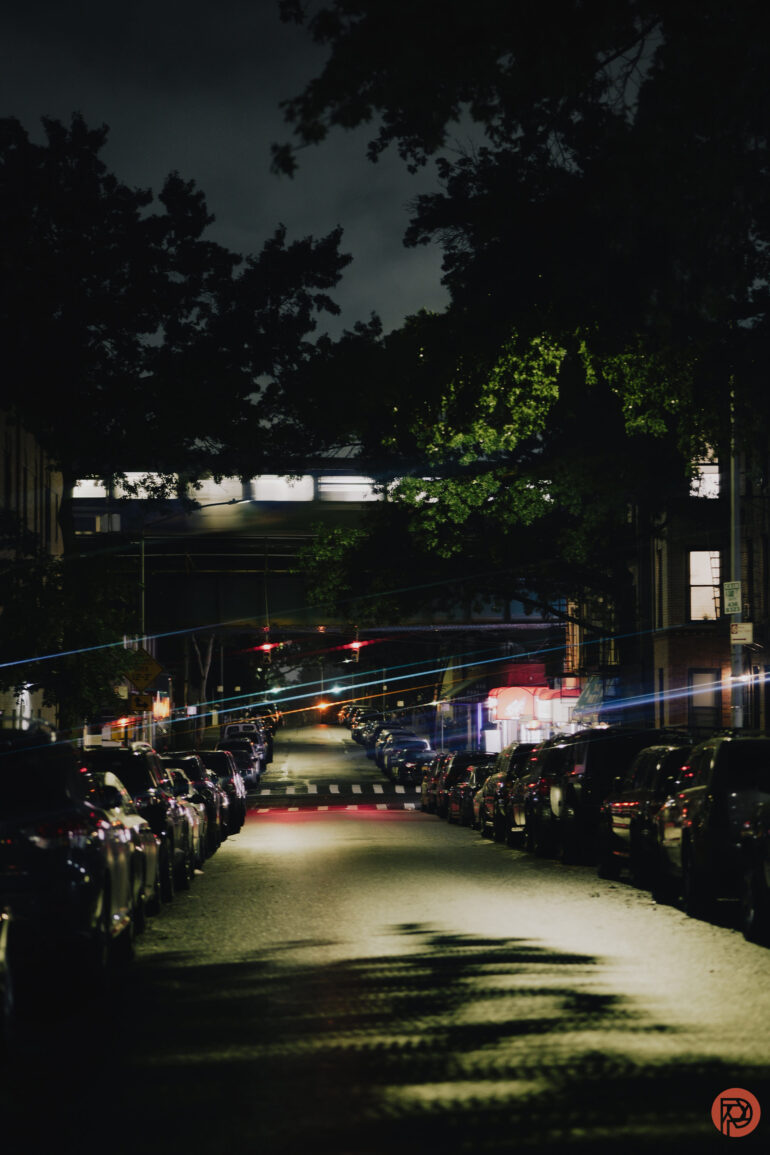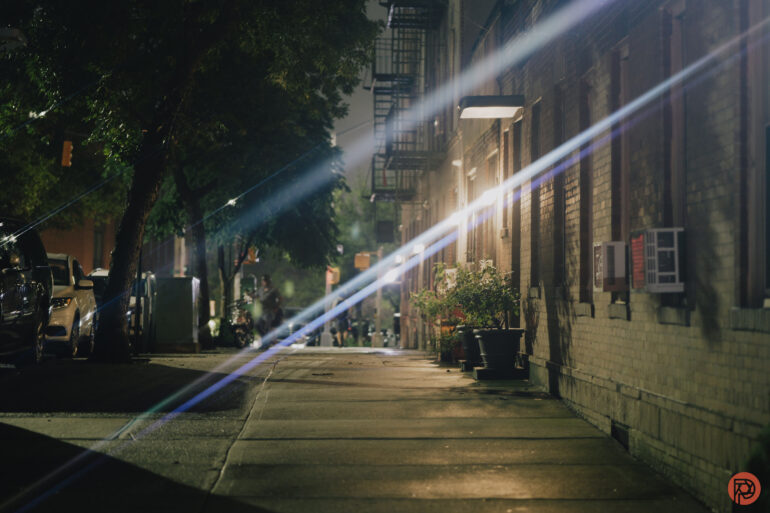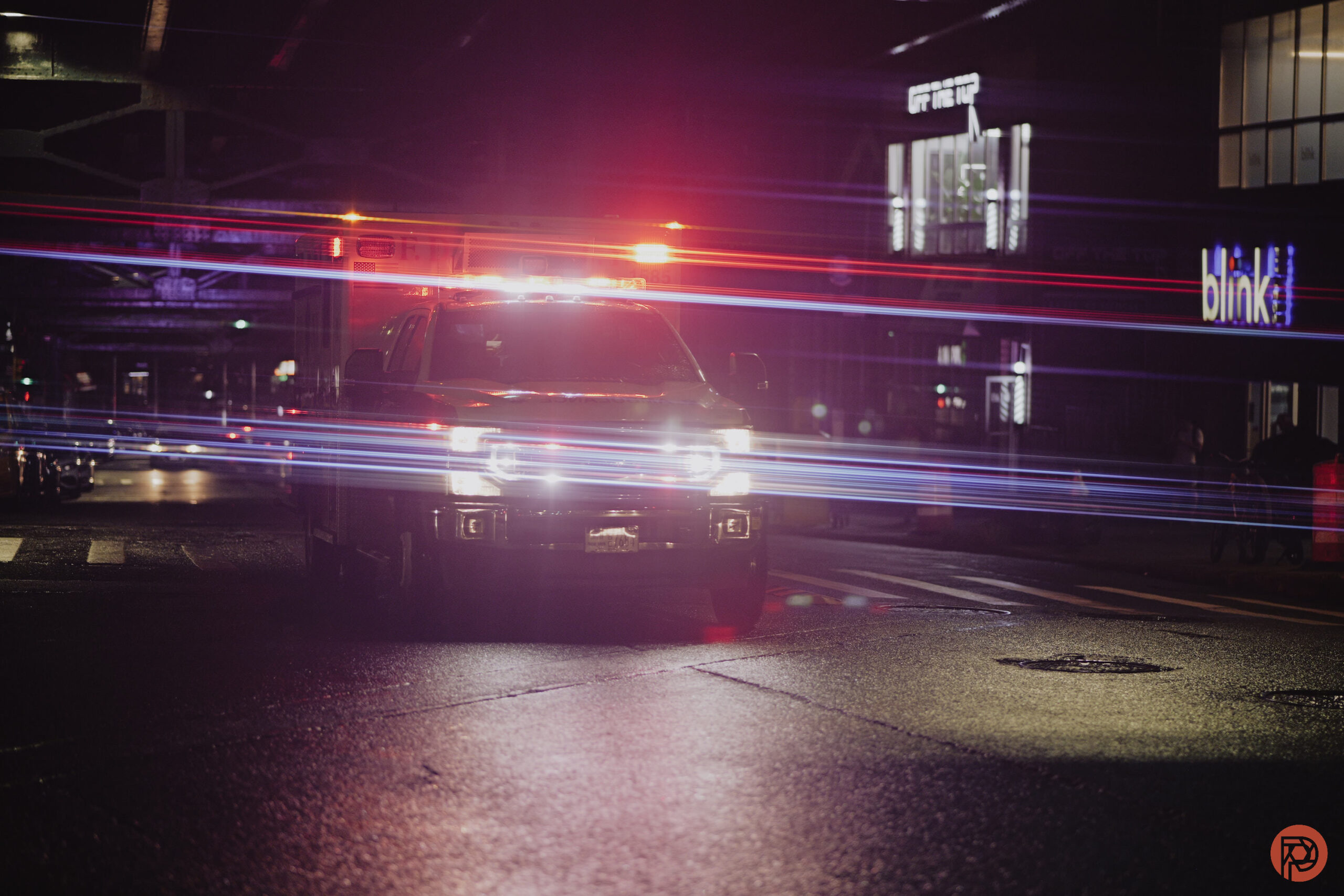When Tiffen announced their blue streak filters a while back, I was quite elated at how much fun I thought I’d have with them. Indeed, the Tiffen Blue Streak filters are quite awesome because of what you can do with them. They’re designed to give you that cinematic, JJ Abrams type of lens flare. And when you use it creatively with processes that lend themselves to still-photography, you get to have a lot of fun. There’s a caveat though — and it’s going to break more than your heart.
The Tiffen Blue Streak filters are rectangular glass filters. You attach them to your lens by using a filter holder of some sort. In this way, they’re more similar to graduated ND filters than they are to other lens filters. Once they’re attached to the lens, you can rotate the filters in all manners of ways to get different effects. And let me tell you, that’s only where the fun begins.
These photos were shot with the Panasonic S5 II using the Real Time LUT feature along with the Panasonic 20-60mm lens.
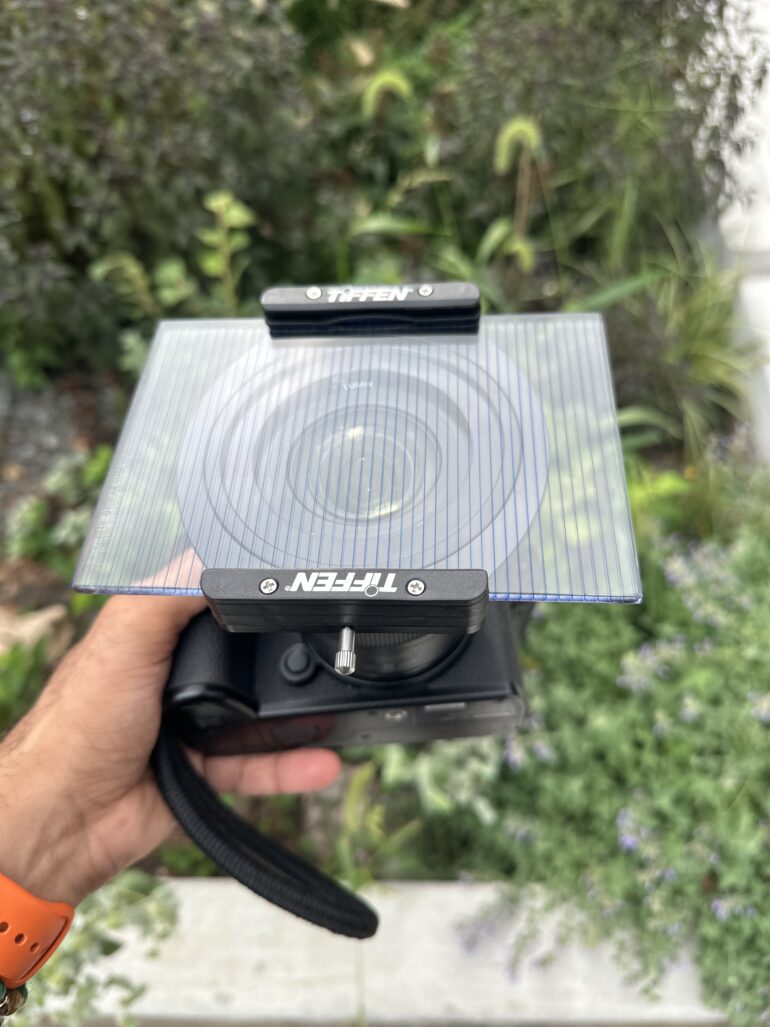
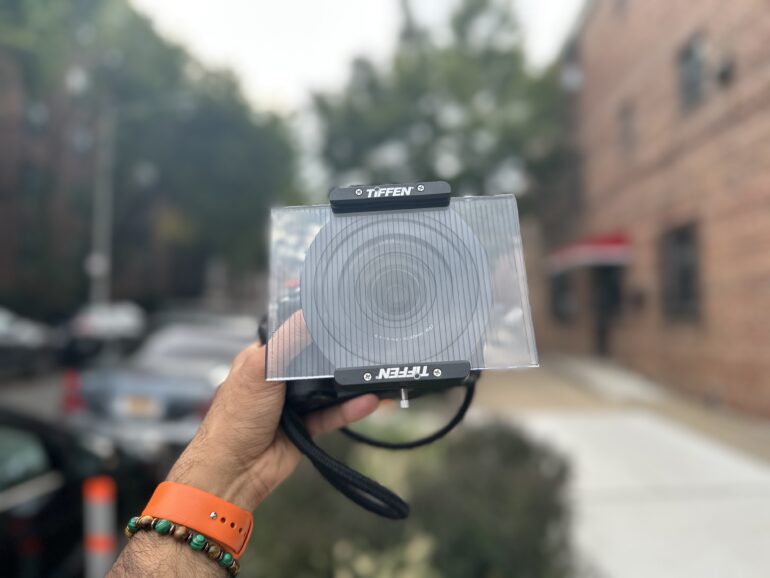
Most people these days try to shoot images at super-fast shutter speeds. But that’s not where all the fun is. The fun comes around with slower shutter speeds that emphasize motion. Go around at night, lower the ISO settings, and shoot at below 1/15th of a second. Shoot things as they pass by you, like cars, street lights, etc. Of course, you can also do portraits — that’s the easy way around with these. The better and more fun thing to do though is use specific white balances to get it right in-camera.
For my testing, I photographed cars as they went by on Roosevelt Ave. Slowing down the shutter speed made the streaks look even bigger. And in my mind, this is really cool. Combined with sometimes doing intentional camera movement, you can make some really wonderful-looking images that are completely unique. Best of all, some AI can’t mimic what you’re doing at all. It’s honestly something that I’d use more often if it were easier for a photographer to use the Tiffen Blue Streak filters.
That’s where this gets really sad.
The Tiffen Blue Streak filters are fragile. In fact, Tiffen sent me two of them along with the filter holder. Typically, I like to walk around and shoot unencumbered by a tripod. Both filters flew out of the holder and cracked. One even shattered. Unfortunately, there aren’t versions that are circular lens filters that are far more secure. And typically, I wouldn’t mind shooting with a cracked lens filter because it can add a really fascinating effect. But these are rectangular filters that are essentially just a piece of glass with no rings around them. They shatter just as easily as a window pane if something hits it with enough force.
And that’s the paradox — do you get this beautiful image quality but risk the durability? Or do you try to do this in post-production instead? The truth is that people believe there to be more creative control in post-production. But there isn’t the creative inspiration that allow for happy accidents to happen in the same way as it does when shooting in-camera.
With all this said, I’d recommend the Tiffen Blue Streak filters for anyone that does a lot of static work. But if you want to move around a lot, then I’d wait for Tiffen to make a variant with a ring that attaches to your lens. Just know that you’ll get some really beautiful effects with these filters that you can’t get quite the same with others. Tiffen’s quality is far better than that of PrismFX’s FlareFX filter, but they’re also far more pricey too.
